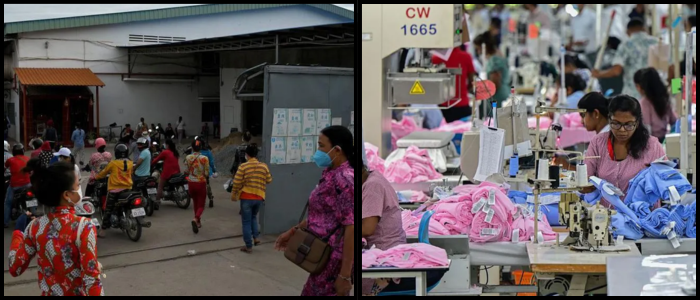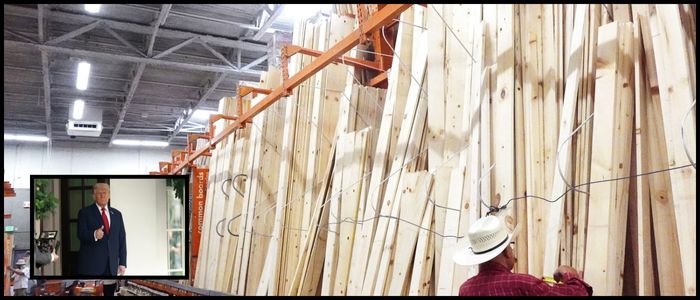Although the new tariffs are lower than those proposed earlier in the year, they still pose a serious risk to the livelihoods of factory workers and the economies of these developing nations. President Donald Trump notified several nations, including Cambodia and Sri Lanka, that they would face tariffs of 36% and 30%, respectively.
These two countries serve as key manufacturing bases for major US clothing brands like Nike, Levi's, and Lululemon. With so many jobs depending on garment exports to the US, the effects of the tariffs are expected to be widespread.
Struggling Workers and Industry Impact
For many garment workers, these tariffs could be devastating. In Cambodia, Nao Soklin and her husband earn about $570 a month sewing bags in a factory, barely enough to meet the needs of their family. "Can you imagine what will happen if we lose our jobs?" she asked, expressing deep concern for her children's future.
Cambodia exported more than $3 billion worth of clothing to the US last year, and the industry supports over 900,000 workers—more than 10% of the country's total exports. In Sri Lanka, the sector brought in $1.9 billion in revenue and employs around 350,000 people.
Yohan Lawrence, Secretary General of Sri Lanka's Joint Apparel Association Forum, warned that a 30% tariff would hurt their industry significantly, especially since competing nations like Vietnam face lower tariffs.
While Sri Lanka has already received a 14 percentage point concession, officials there are still seeking further reductions. Cambodia, which got a 13-point cut, is also continuing negotiations. "We want the tariff to be zero," said Cambodia's Deputy Prime Minister Sun Chanthol, who leads the negotiation efforts. "But we respect their decision and will continue trying to negotiate a lower rate."
Gender Disparities and Economic Consequences
Women, who make up 70% of garment workers in the region, are expected to suffer the most. Already underpaid, any drop in demand or job losses could leave them and their families struggling even more. Surangi Sandya, a supervisor in a Sri Lankan factory, fears closures if orders fall. "Companies don't work at a loss," she said.
In Phnom Penh, An Sopheak shares a tiny room with her family and prays that the tariffs will be lifted. "We have little education. We can't find other jobs," she said, worried about surviving if her factory shuts down. Some Cambodian workers are even considering migrating to Thailand for work, despite the risks of doing so illegally.
Experts say these countries now face the tough task of balancing their economic ties with China—whose materials are crucial to their supply chains—while meeting the new demands from the US, including possible pressure to reduce dependence on Chinese components.
A professor from the University of Delaware noted that expecting smaller nations like Cambodia or Sri Lanka to balance trade with the US is unrealistic. "How many Boeing aeroplanes does Cambodia or Sri Lanka need and can afford to purchase each year?" he asked.
The tariffs add to long-standing issues like poverty and limited worker protections in Cambodia, and economic instability in Sri Lanka. As the deadline approaches, hopes rest on last-minute negotiations to soften the blow to workers who have long supported American brands from behind factory walls.
Top

US Tariffs Threaten Asian Garment Worker Jobs

Millions of garment workers in Asia are facing uncertainty as the United States prepares to impose new tariffs on clothing imports from countries like Cambodia and Sri Lanka. These new levies, set to begin on 1 August, follow the end of a 90-day negotiation window that allowed affected countries to seek alternative trade arrangements with the US.











